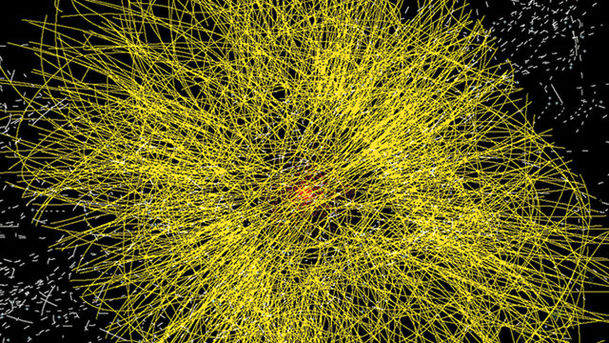Big Bang Day: Five Particles - The Quark

Simon Singh examines the significance of five subatomic particles 2) The Quark. "Three Quarks for Master Mark! Sure he hasn't got much of a bark." James Joyce's Finnegans Wake left its mark on modern physics when physicist Murray Gell Mann proposed this name for a group of hypothetical subatomic particles that were revealed in 1960 as the fundamental units of matter. Basic particles, such as protons and neutrons, it seems, are made up of even more basic units called quarks that make up 99.9% of visible material in the universe. But why do we know so little about them? Quarks have never been seen as free particles. They are inextricably bound together by the Strong Force that in turn holds the atomic nucleus together. This is the hardest of Nature's fundamental forces to crack, but recent theoretical advances mean that the properties of the quark are at last being revealed. Producer: Adrian Washbourne.